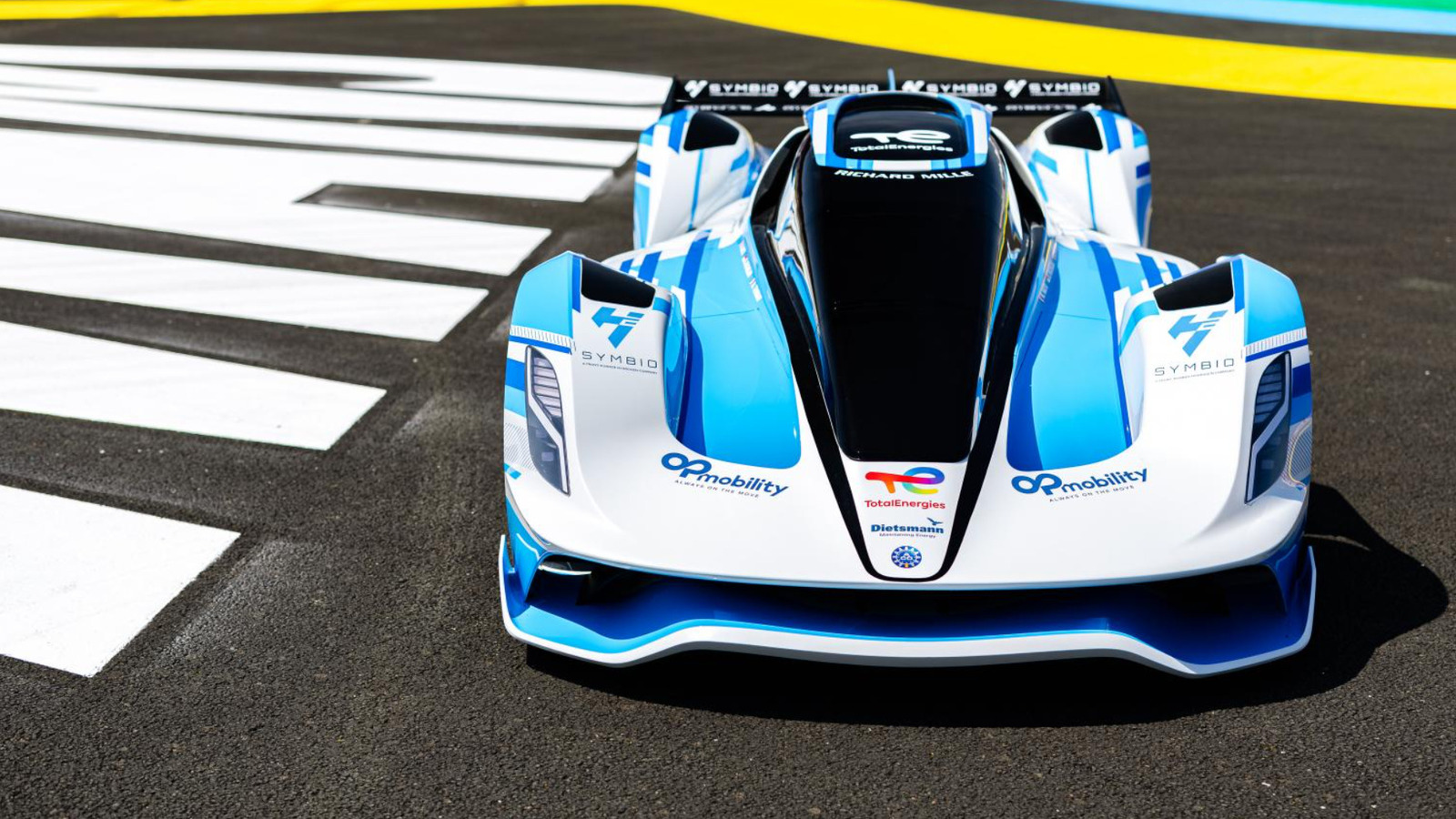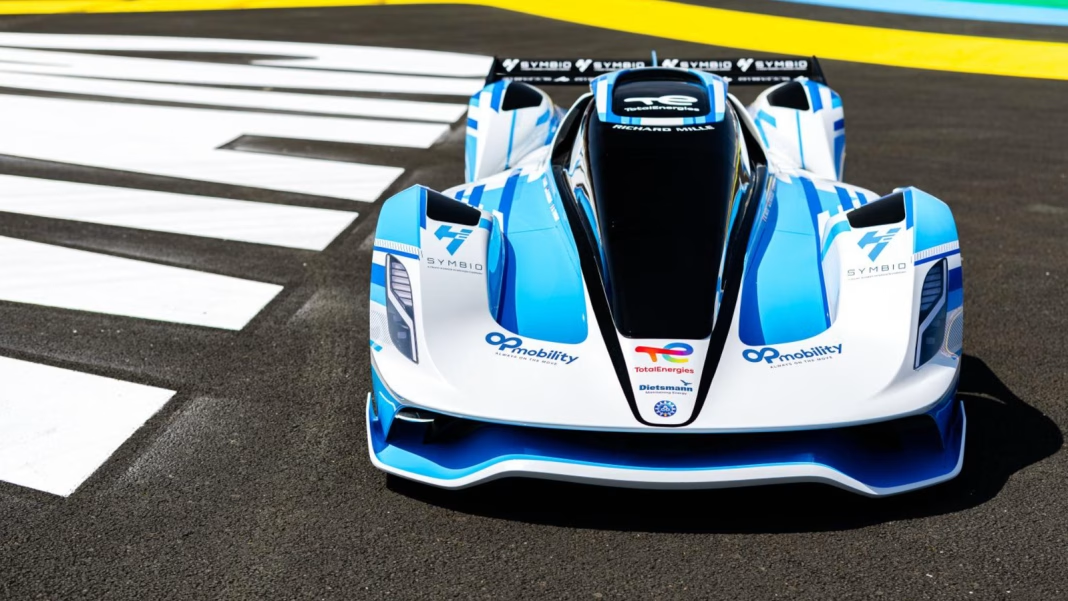Three new hydrogen racing prototypes are set to make waves at this year’s 24 Hours of Le Mans, a prestigious event that has long been a showcase for cutting-edge automotive technology. As the world shifts towards more sustainable practices, the introduction of these hydrogen-powered vehicles marks a significant step forward in the racing industry. Let’s dive into what this means for the future of motorsport and how these prototypes could reshape the landscape of racing.
What Makes Hydrogen Racing Prototypes Unique?
Hydrogen racing prototypes are not just another addition to the lineup of high-performance vehicles; they represent a pivotal shift in how we think about energy in motorsport. Unlike traditional gasoline engines, hydrogen fuel cells generate electricity through a chemical reaction between hydrogen and oxygen, producing only water vapor as a byproduct. This means that these cars can deliver impressive performance without the harmful emissions typically associated with racing.
The prototypes making their debut at Le Mans are engineered to push the boundaries of speed and efficiency. They combine lightweight materials with advanced aerodynamics, ensuring they can compete with their gasoline-powered counterparts while adhering to strict environmental standards. As fans watch these vehicles roar around the track, they’ll witness not just a race, but a demonstration of what the future holds for sustainable racing.
Why Le Mans? The Perfect Stage for Innovation
The 24 Hours of Le Mans is renowned for its rich history and tradition, making it an ideal platform for showcasing innovative technologies. This year, the event is not just about speed; it’s about sustainability and the evolution of racing. By featuring hydrogen prototypes, Le Mans is sending a clear message: the future of motorsport can be green.
The event attracts a global audience, and the visibility it provides can accelerate the acceptance of hydrogen technology in the automotive industry. If these prototypes perform well, it could inspire manufacturers to invest more heavily in hydrogen fuel cell technology, leading to broader applications beyond racing.
What Can We Expect from the Demonstration Runs?
During the demonstration runs, spectators will get a firsthand look at how these hydrogen prototypes handle the rigors of a high-stakes race. Expect to see thrilling speeds and cutting-edge technology in action. The teams behind these vehicles have been working tirelessly to fine-tune their performance, ensuring they can compete effectively while showcasing the potential of hydrogen as a viable racing fuel.
These runs will not only highlight the capabilities of hydrogen-powered vehicles but also serve as a testing ground for future innovations. The data collected during these demonstrations could provide invaluable insights into how hydrogen technology can be improved and adapted for everyday use.
Real-World Implications of Hydrogen Racing
The implications of hydrogen racing extend far beyond the racetrack. As the automotive industry grapples with the need for cleaner alternatives, the success of these prototypes could pave the way for more widespread adoption of hydrogen fuel cells in consumer vehicles. Imagine a future where your daily commute is powered by the same technology that’s thrilling fans at Le Mans.
Moreover, hydrogen infrastructure is gradually being developed, with more fueling stations popping up in various regions. As this infrastructure grows, the feasibility of hydrogen-powered cars for everyday use becomes increasingly realistic. The racing world often leads the charge in automotive innovation, and the success of these prototypes could catalyze a broader shift towards hydrogen-powered transportation.
The big takeaway? Hydrogen racing isn’t about perfection—it’s about smarter adjustments. Start with one change this week, and you’ll likely spot the difference by month’s end. As we watch these prototypes take to the track, let’s embrace the potential for a cleaner, more sustainable future in motorsport and beyond.


